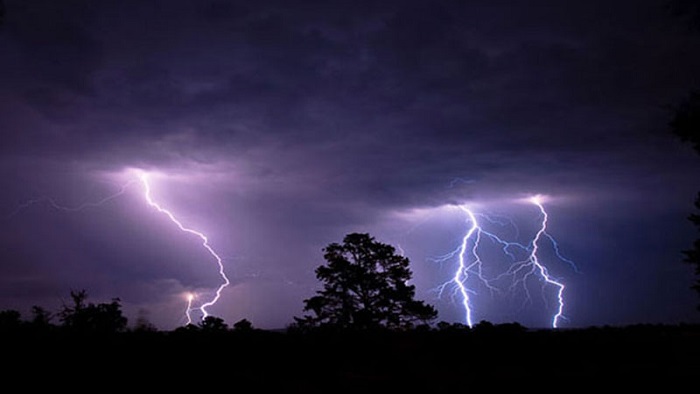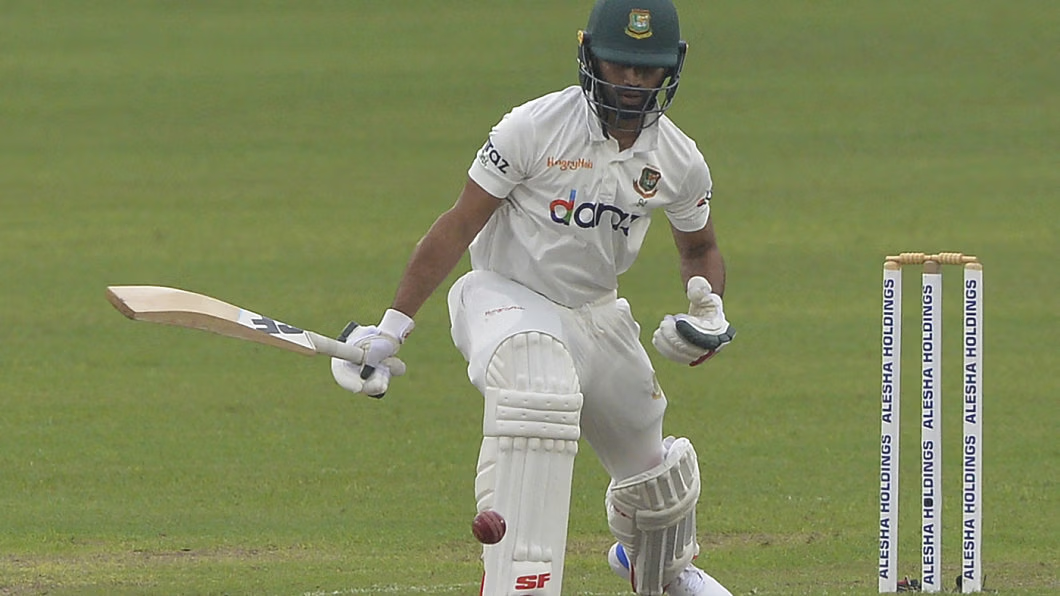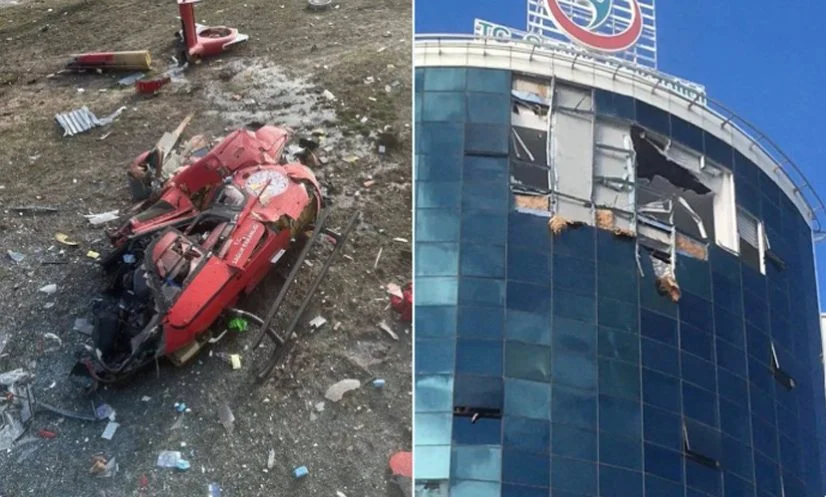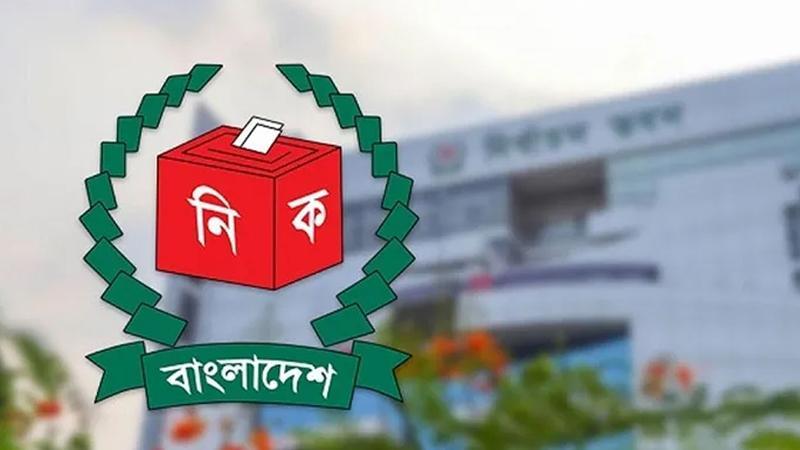‘Some 4,000kgs of lime powder have been sprayed in different areas of the Haor in a bid to cleaning the water and preventing death of fishes’
The government Thursday declared a week-long ban on fishing in the Haor areas of Sunamganj as diseases started killing fishes in the aftermath of the recent flash flood.
After ducks and ducklings, the farmers in Sunamganj Haor areas reported deaths of fishes since last week. Authorities claim that the deaths of fishes have decreased in the past two days.
On the other hand, locals are suffering from water-borne diseases due to pollution.
According to the district fisheries office, 44 tonnes fishes worth Tk44 lakh have died in 20 marshlands of 11 upazilas in the past few days. The most affected areas are Dharmapasha, Jamalganj, Jagannathpur and Dirai.
Total loss from the flood in Sunamganj has been estimated by the government at Tk105.19 crore.
Deaths of fishes have also been reported from different areas of Moulvibazar district including the Hakaluki Haor where the local authorities have already taken necessary initiatives.
Fishes started dying in the Haor since April 16 as the paddy continued to decompose and polluted the water. People in the areas experienced such a catastrophe during the devastating flood of 1988.
The Department of Agricultural Extension (DAE) Thursday announced that around 10,276 hectares of paddy fields were completely damaged in Moulvibazar, causing the farmers a loss of around Tk120.76 crore.
“Some 4,000kgs of lime powder have been sprayed in different areas of the Haor in a bid to cleaning the water and preventing death of fishes,” Borolekha Upazila Nirbahi Officer (UNO) SM Abdullah Al Mamun told the Dhaka Tribune.
“We also made announcements through loudspeakers urging all not to catch or consume fishes from the marshland for the next four or five days,” the UNO added.
“Using the contaminated Haor water can lead to Diarrhoea, jaundice and dermatitis,” said Satyakam Chakraborty, civil surgeon of Moulvibazar.
According to the fisheries office, some 5,920 tonnes of fishes are being produced every year in 184 marshlands in Kulaura, Juri and Borolekha.
Ammonia and hydrogen sulphide gas, formed due to the rotten paddy, led to the death of fishes, said local fisheries officials Sultan Mahmud and Abdus Shakur.
The normal range for pH in surface water systems is 6.5 to 8.5, and the pH range for groundwater systems is between 6 and 8.5.
The fisheries officials found the range at 5.8 in Hakaluki Haor.


 Reporter Name
Reporter Name 





















